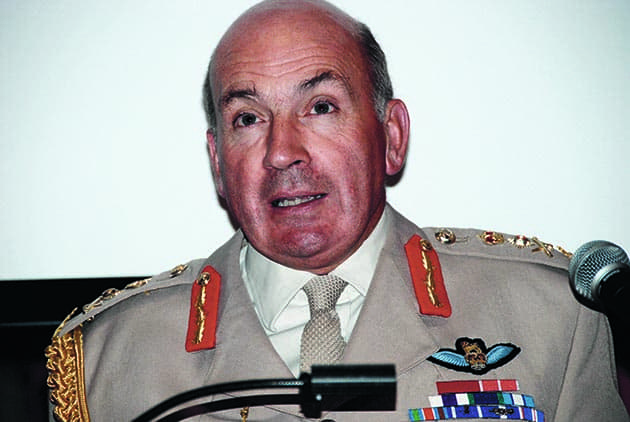The work of Army photographers is used to communicate operations from the frontline back home, via media such as newspapers and television.
Army photographers raised fears over swingeing cuts in autumn 2010, when the armed services were forced to juggle their finances after learning that Britain’s defence budget was to suffer an 8% cut over the following four years.
At the time, the Army’s photographic unit voiced concern that two-thirds of the workforce would be made redundant, leaving just 15 photographers, and fought against potential cutbacks.
However, in response to a Freedom of Information request, the Ministry of Defence says that the Army employs 40 professional photographers – the same as it did at the end of 2010.
The MoD told Amateur Photographer that it has made no photographers redundant over the period.
Speaking today, Command Master Photographer William Craig explained that the Army’s photographic unit was able to put a ‘strong enough case’, to emphasise the value of its photographers.
‘We are championing our trade and will continue to do that,’ said Craig, adding that Army photographers act as ‘ambassadors’ by publicising the force’s work.
Though the unit does not expect any future redundancies, it has stopped recruiting – in line with cuts to the Army’s overall budget.
Craig said that three photography posts have not been replaced since 2010, but they did not constitute redundancies because these particular roles had come to the end of their natural life in the units the photographers were attached to.
There are currently 37 active positions.
‘We have always been the smallest in numbers of the three services,’ Craig told AP.
He said that the most photographers the unit has ever had is 43, compared to the RAF, for example, which has 100 professional photographers.
The Army uses the results of its annual photographic competition to help identify potential professional photographers from the amateur entrants.
Army officials are due to announce the results of the latest photography contest next week.
Over the years, Army bosses have repeatedly stressed the important role played by photographers.
In 2010, former Chief of the General Staff Sir David Richards said that photographs from battlegrounds such as Afghanistan were a crucial way of communicating the ‘role of the army’ to the public back home.
‘Digital communication has transformed the way we fight wars,’ he said.
‘Photography is even more important today and is part of our campaign,’ he added, explaining that digital photos can be distributed worldwide at the ‘press of a button’.
Speaking in 2007, Lord Dannatt (pictured above), head of the Army from 2006-2009, said: ‘All of us who have served on operations know the importance of Army photography.
‘Of course, it is important to support commanders in their operations and planning of their operations.
‘But I think, particularly, it is important as a way of recording and disseminating images from those who are doing their business at the front end… to get their images back home.’
The Imperial War Museum uses images from the frontline to update its archives.







